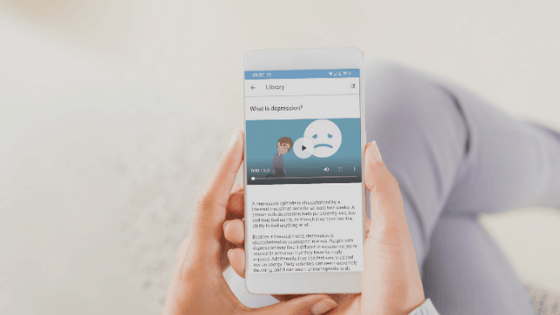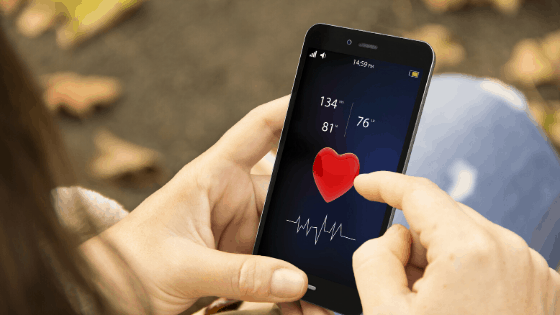
A smartphone app that can help psychiatrists diagnose mental illness
“A smartphone app that can help psychiatrists diagnose mental illness” – Peter Hagelund, a Monsenso user, speaks about his experience using the Monsenso mobile health solution to support his treatment, and how it has helped him improve the communication with his psychiatrist.
Prior to using the Monsenso smartphone app, Peter and his psychiatrist followed the typical therapeutic setting, they would schedule an appointment every two-three weeks, and they would have a conversation to discuss Peter’s previous weeks. Peter would usually say that he had been doing fine for each appointment, but sometimes he forgot important details that he wanted to discuss.
“It can be pretty tricky to remember, two weeks later [between appointments] how you actually felt that day. With the app it’s really easy to go back and see if your mood has been pretty stable over the last two months, or if you had had some ups and downs over a period,” says Peter Hagelund.
Now, instead of relying on Peter’s memory during the appointment, his psychiatrist can access his data and see how he has been doing, as it happened. He can view how much he has been sleeping, how much he exercises, how much he drinks, how much anxiety he has, and other relevant aspects to his treatment and his disorder.
“My psychiatrist now says things like You say you’ve been doing fine, but I can actually see that you’ve had a few ups and downs. I think the app helps him get a real view of how I have been doing,” says Peter Hagelund.
In his Danish documentary series “Jeg savner min sygdom” (which translates to “I miss my illness”), Peter Hagelund talks about his experience of getting the wrong diagnosis and how finally after six years he got the right diagnosis and treatment.
In 2014, he was diagnosed with Bipolar Disorder Type 2.
During his whole life, he knew there was something different about him. He always struggled with depression and anxiety, and what eventually turned out to be hypomania. When he was 22, he had his first big episode of depression and began taking antidepressants. However, it took six more years before he was officially diagnosed with Bipolar Disorder Type 2.
He says that one of the trickiest things about having this diagnosis is that he does not experience the typical manic episode where a person feels over-energetic and nearly psychotic. Instead, he feels hypomanic, which means that he is socially well functioning. He is not psychotic. He just feels really well; the problem with this, was that he didn’t feel the need to inform his psychiatrist the fact that he was feeling too well.
His psychiatrist found out that he had Bipolar Disorder was because he couldn’t come out of his depression. At first, he was diagnosed with depression and ADD. But these diagnoses didn’t seem to fit because he still had strong mood swings and a lot of anxiety. When he was diagnosed with Bipolar Disorder Type 2, it actually made sense to him. Suddenly, he could see why he had felt the way he had most of his life.
“I really believe that the Monsenso smartphone app could have helped my psychiatrist give me the right diagnosis at an earlier stage because the app helps me to keep track of my mood and to become more aware of how I feel. With the app, I have to pause and take a moment to think about how I’ve actually been doing before entering my answers. Keeping track of all this information has helped my treatment. My psychiatrist and I can plan better on how to avoid my future depressive or hypomanic episodes because we can clearly identify when I am having mood swings”. says Peter Hagelund.
In August 2018, his documentary about living with Bipolar Disorder aired on national Danish television and the response was overwhelming. Many people contacted him, to thank him for talking about his illness. He made the documentary so other people who have this illness, do not feel ashamed of it.
“My hope is that in the future people are diagnosed at an earlier stage than I was and I truly believe the Monsenso app is one of the things that can help. I really hope that other psychiatrists and their patients will start using the app,” he added.
Click here to read this story in Danish.





